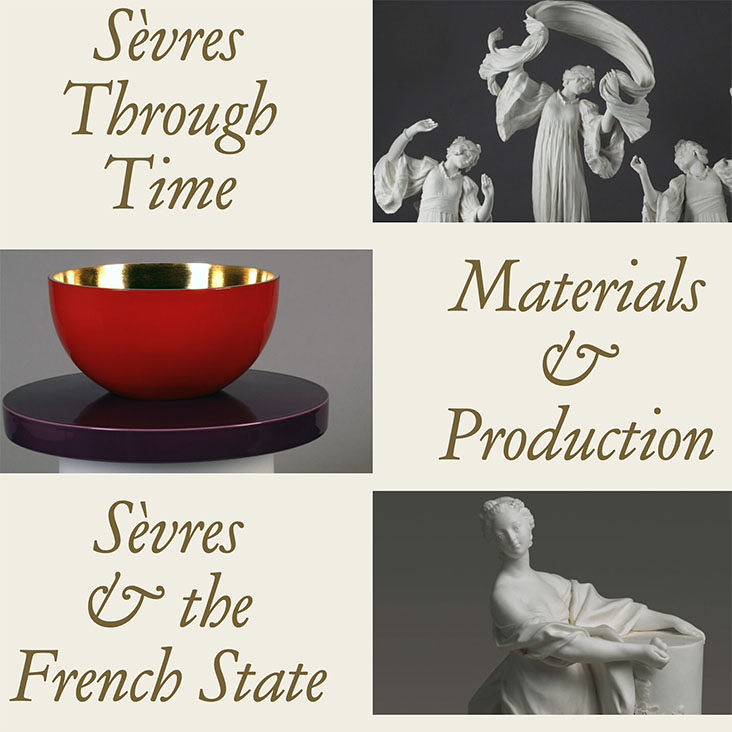April 22, 2025











38 West 86th St.
New York, NY 10024
212.501.3000
admissions@bgc.bard.edu
18 West 86th St.
New York, NY 10024
212.501.3023
gallery@bgc.bard.edu
BGC Gallery is currently closed.
38 West 86th St.
New York, NY 10024
212.501.3000
admissions@bgc.bard.edu
18 West 86th St.
New York, NY 10024
212.501.3023
gallery@bgc.bard.edu
BGC Gallery is currently closed.
October 23, 2024
6:00 pm
Malintzin—the interpreter for Hernán Cortés—is a crucial character in the history of what is now known as México. At a meeting hosted by the Museo Textil de Oaxaca, which included historians, linguists, textile scholars, and—most importantly—weavers and embroiderers from indigenous communities in Oaxaca, Chiapas, and Guerrero, a seed was planted. After listening about the life of Malintzin, her context, her dexterity with different languages, and the possible structure and aesthetic of the huipiles (tunics) she may have worn, an invitation was extended to every artist in the room: if Malintzin were alive today and she visited your hometown, what is the huipil that you would create for her? This project was carried out on-site at the Museo, but also remotely via WhatsApp, voice messages, and Zoom meetings, and resulted in an exhibition presented at the Museo in October 2023. An Indigenous Arts in Transition lecture. Hector Manuel Meneses Lozano graduated from the National School of Conservation, Restoration, and Museum Studies in Mexico City, his hometown. After studying a textile fragment from the late seventeenth-century, he was invited to join the team of the soon-to-be Museo Textil de Oaxaca. Starting in 2008, he worked as conservator and collections manager, and since 2012, he has been director of the museum. His interests include exhibition design, textile creation, material heritage, and the involvement of spinners, weavers, embroiderers, and dyers with institutions—such as museums—at a local, national, and international level. |
38 West 86th St.
New York, NY 10024
212.501.3000
admissions@bgc.bard.edu
18 West 86th St.
New York, NY 10024
212.501.3023
gallery@bgc.bard.edu
BGC Gallery is currently closed.
